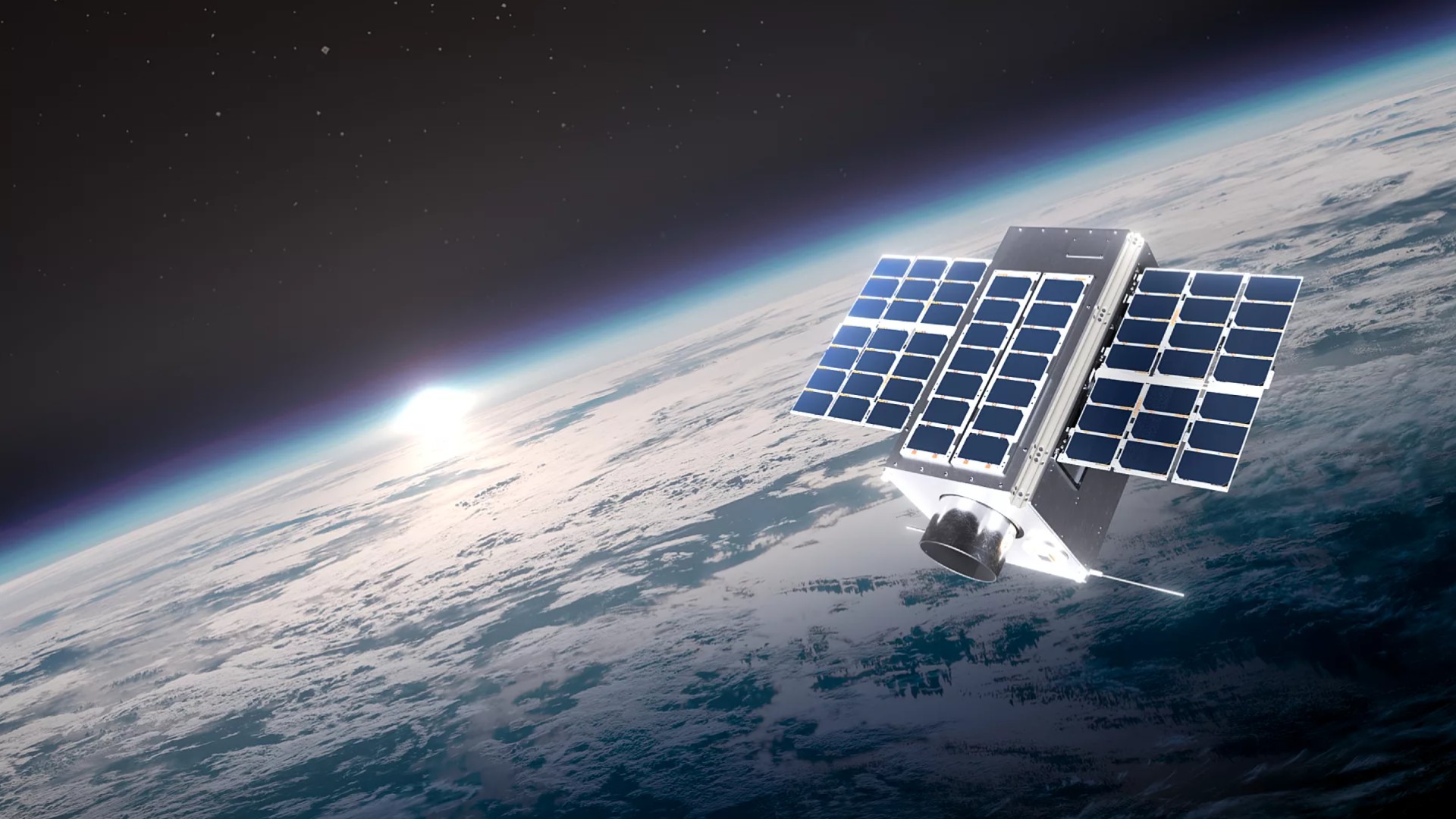'Giant impact' theory of moon's formation gets another boost
Scientists have found yet more differences between Earth and moon rocks.

Scientists have found fresh evidence in lunar rocks showing that the moon was likely formed after a Mars-sized planet crashed into the proto-Earth more than 4 billion years ago.
A NASA-led team examined moon rocks brought back to Earth by Apollo astronauts more than 50 years ago. Investigating the samples with advanced tools not available to researchers in the 1960s and 1970s, the team found further evidence of the "giant impact theory" by focusing on the amount and type of chlorine in the rocks, a new study reports.
The researchers discovered the moon has a higher concentration of "heavy" chlorine compared to Earth, which sports more "light" chlorine. The terms "heavy" and "light" refer to versions of the chlorine atom, known as isotopes, that contain different numbers of neutrons in their nuclei.
Related: How the moon formed: 5 wild lunar theories
Shortly after the mammoth collision occurred, Earth was just able to stay together while pieces of both planets that were blasted into space coalesced to form the moon. Both of these blobby bodies had a mix of light and heavy chlorine isotopes at first, but that mix began to change as Earth's gravity pulled on the newly forming moon.
As the cosmic bodies continued taking new shape after the crash, Earth tugged away the lighter chlorine toward itself, leaving the harder-to-move heavy chlorine on the moon. This left the moon depleted of lighter chlorine compared to the heavier isotope.
"There’s a huge difference between the modern elemental makeup of the Earth and moon, and we wanted to know why," study co-author Justin Simon, a NASA planetary scientist, said in a statement. "Now, we know that the moon was very different from the start, and it's probably because of the 'giant impact' theory."
Breaking space news, the latest updates on rocket launches, skywatching events and more!
The scientists also checked their understanding by looking at other elements that are halogens, in the same chemical family as chlorine. Other "light" halogens are also less abundant on the moon, and the team could not see any pattern that would suggest a later event caused the loss.
The new study was published this month in the Proceedings of the National Academy of Sciences. It was led by Anthony Gargano, a graduate fellow at NASA's astromaterials research and exploration science division at the Johnson Space Center in Houston.
The research adds to a growing mountain of chemical evidence to support the giant impact hypothesis, which was first suggested decades ago. For example, a study released in March of this year used high-precision measurements of oxygen isotopes to show that Earth and moon rocks are probably even more different from each other than previously thought.
Follow Elizabeth Howell on Twitter @howellspace. Follow us on Twitter @Spacedotcom and on Facebook.

Elizabeth Howell (she/her), Ph.D., was a staff writer in the spaceflight channel between 2022 and 2024 specializing in Canadian space news. She was contributing writer for Space.com for 10 years from 2012 to 2024. Elizabeth's reporting includes multiple exclusives with the White House, leading world coverage about a lost-and-found space tomato on the International Space Station, witnessing five human spaceflight launches on two continents, flying parabolic, working inside a spacesuit, and participating in a simulated Mars mission. Her latest book, "Why Am I Taller?" (ECW Press, 2022) is co-written with astronaut Dave Williams.
